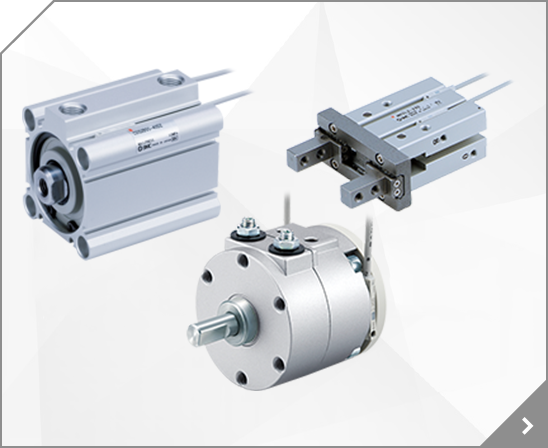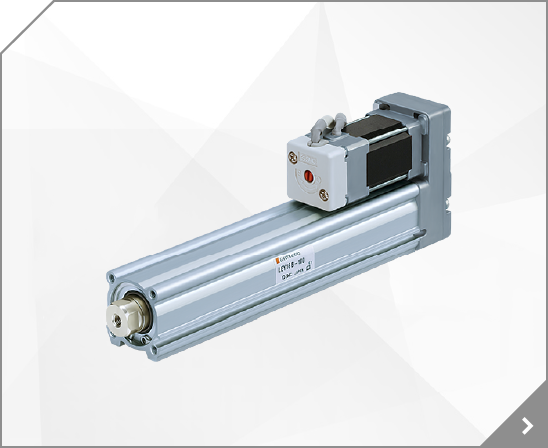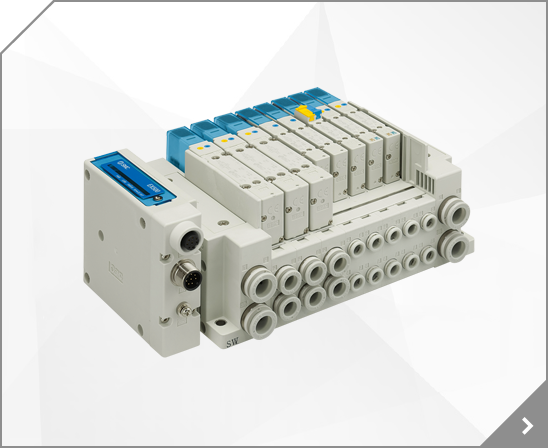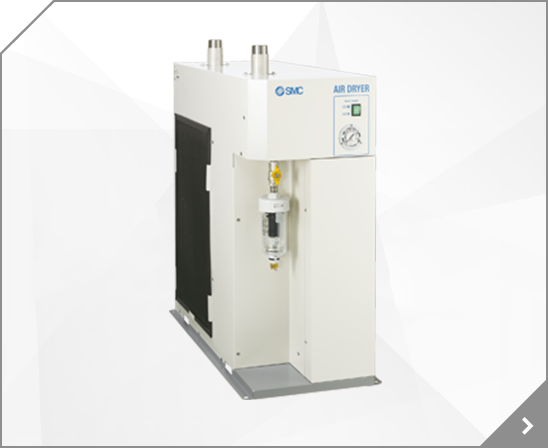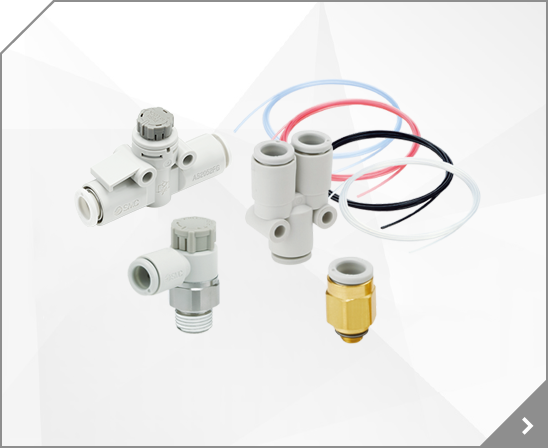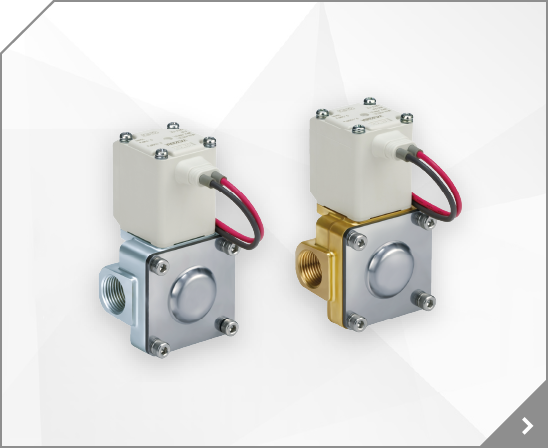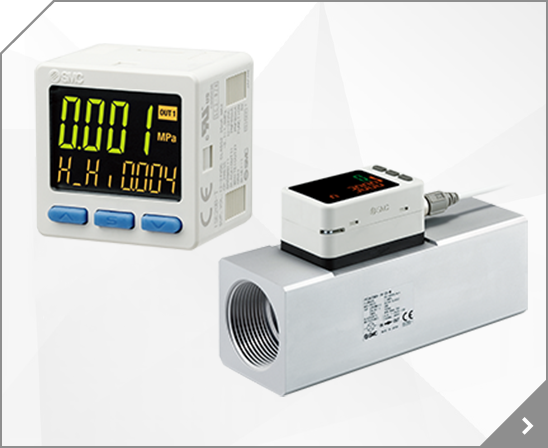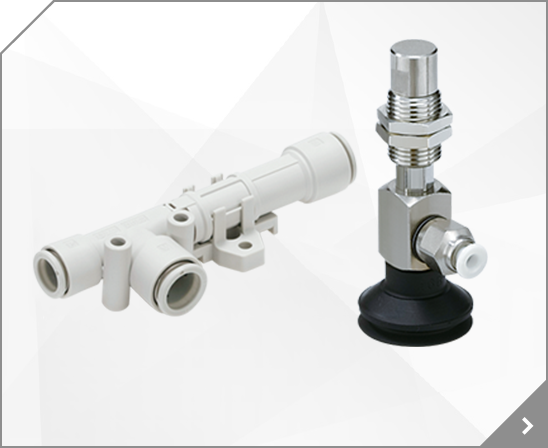
, Allowable Static Moment MB(N⋅m): 20, Allowable Static Moment MC(N⋅m): 14, Connection Diameter: Rc1/8, Piping Format: Left-side centralized piping, Port Screw Type: Rc, Auto Switches: A93V, Lead Wire Length(m): 0.5, Lead Wire Connector: None, The number of the switches: 2 pcs., Custom-made: Without auto switch (built-in magnet), Adjusting bolt suffix: None
Material: [Aluminum] Aluminum Alloy, Rodless Cylinder Joint Type: Magnetic, Guide: [Guideless] Prototype, Table Size Width W(mm): 128.5, Table Size Height H(mm): 46, Table Parallelism(µm): 50, Table Surface Treatment: [Anodize] Hard Anodize, Operating Pressure(MPa): 0.2 to 0.7, Environment: General Purpose, Maximum Load(kg): 12, Operating Speed(mm/s): 50~500, Allowable Static Moment MA(N⋅m): 14
Material: [Aluminum] Aluminum Alloy, Rodless Cylinder Joint Type: Magnetic, Guide: [Guideless] Prototype, Table Size Width W(mm): 128.5, Table Size Height H(mm): 46, Table Parallelism(µm): 50, Table Surface Treatment: [Anodize] Hard Anodize, Operating Pressure(MPa): 0.2 to 0.7, Environment: General Purpose, Maximum Load(kg): 12, Operating Speed(mm/s): 50~500, Allowable Static Moment MA(N⋅m): 14
, Allowable Static Moment MB(N⋅m): 20, Allowable Static Moment MC(N⋅m): 14, Connection Diameter: Rc1/8, Piping Format: Left-side centralized piping, Port Screw Type: Rc, Auto Switches: A93, Lead Wire Length(m): 0.5, Lead Wire Connector: None, The number of the switches: 2 pcs., Custom-made: Without auto switch (built-in magnet), Adjusting bolt suffix: None
, Allowable Static Moment MB(N⋅m): 20, Allowable Static Moment MC(N⋅m): 14, Connection Diameter: Rc1/8, Piping Format: Left-side centralized piping, Port Screw Type: Rc, Auto Switches: A93V, Lead Wire Length(m): 3, Lead Wire Connector: None, The number of the switches: 2 pcs., Custom-made: Without auto switch (built-in magnet), Adjusting bolt suffix: None
, Allowable Static Moment MB(N⋅m): 20, Allowable Static Moment MC(N⋅m): 14, Connection Diameter: Rc1/8, Piping Format: Left-side centralized piping, Port Screw Type: Rc, Auto Switches: M9N, Lead Wire Length(m): 3, Lead Wire Connector: None, The number of the switches: 2 pcs., Custom-made: Without auto switch (built-in magnet), Adjusting bolt suffix: A
Material: [Aluminum] Aluminum Alloy, Rodless Cylinder Joint Type: Magnetic, Guide: [Guideless] Prototype, Table Size Width W(mm): 128.5, Table Size Height H(mm): 46, Table Parallelism(µm): 50, Table Surface Treatment: [Anodize] Hard Anodize, Operating Pressure(MPa): 0.2 to 0.7, Environment: General Purpose, Maximum Load(kg): 12, Operating Speed(mm/s): 50~500, Allowable Static Moment MA(N⋅m): 14
Material: [Aluminum] Aluminum Alloy, Rodless Cylinder Joint Type: Magnetic, Guide: [Guideless] Prototype, Table Size Width W(mm): 128.5, Table Size Height H(mm): 46, Table Parallelism(µm): 50, Table Surface Treatment: [Anodize] Hard Anodize, Operating Pressure(MPa): 0.2 to 0.7, Environment: General Purpose, Maximum Load(kg): 12, Operating Speed(mm/s): 50~500, Allowable Static Moment MA(N⋅m): 14
Material: [Aluminum] Aluminum Alloy, Rodless Cylinder Joint Type: Magnetic, Guide: [Guideless] Prototype, Table Size Width W(mm): 128.5, Table Size Height H(mm): 46, Table Parallelism(µm): 50, Table Surface Treatment: [Anodize] Hard Anodize, Operating Pressure(MPa): 0.2 to 0.7, Environment: General Purpose, Maximum Load(kg): 12, Operating Speed(mm/s): 50~500, Allowable Static Moment MA(N⋅m): 14
, Allowable Static Moment MB(N⋅m): 20, Allowable Static Moment MC(N⋅m): 14, Connection Diameter: Rc1/8, Piping Format: Left-side centralized piping, Port Screw Type: Rc, Auto Switches: M9B, Lead Wire Length(m): 3, Lead Wire Connector: None, The number of the switches: 2 pcs., Custom-made: Without auto switch (built-in magnet), Adjusting bolt suffix: A
Material: [Aluminum] Aluminum Alloy, Rodless Cylinder Joint Type: Magnetic, Guide: [Guideless] Prototype, Table Size Width W(mm): 128.5, Table Size Height H(mm): 46, Table Parallelism(µm): 50, Table Surface Treatment: [Anodize] Hard Anodize, Operating Pressure(MPa): 0.2 to 0.7, Environment: General Purpose, Maximum Load(kg): 12, Operating Speed(mm/s): 50~500, Allowable Static Moment MA(N⋅m): 14
Material: [Aluminum] Aluminum Alloy, Rodless Cylinder Joint Type: Magnetic, Guide: [Guideless] Prototype, Table Size Width W(mm): 128.5, Table Size Height H(mm): 46, Table Parallelism(µm): 50, Table Surface Treatment: [Anodize] Hard Anodize, Operating Pressure(MPa): 0.2 to 0.7, Environment: General Purpose, Maximum Load(kg): 12, Operating Speed(mm/s): 50~500, Allowable Static Moment MA(N⋅m): 14
Material: [Aluminum] Aluminum Alloy, Rodless Cylinder Joint Type: Magnetic, Guide: [Guideless] Prototype, Table Size Width W(mm): 128.5, Table Size Height H(mm): 46, Table Parallelism(µm): 50, Table Surface Treatment: [Anodize] Hard Anodize, Operating Pressure(MPa): 0.2 to 0.7, Environment: General Purpose, Maximum Load(kg): 12, Operating Speed(mm/s): 50~500, Allowable Static Moment MA(N⋅m): 14
, Allowable Static Moment MB(N⋅m): 20, Allowable Static Moment MC(N⋅m): 14, Connection Diameter: Rc1/8, Piping Format: Left-side centralized piping, Port Screw Type: Rc, Auto Switches: A96V, Lead Wire Length(m): 3, Lead Wire Connector: None, The number of the switches: 4 pcs., Custom-made: Without auto switch (built-in magnet), Adjusting bolt suffix: None
Material: [Aluminum] Aluminum Alloy, Rodless Cylinder Joint Type: Magnetic, Guide: [Guideless] Prototype, Table Size Width W(mm): 128.5, Table Size Height H(mm): 46, Table Parallelism(µm): 50, Table Surface Treatment: [Anodize] Hard Anodize, Operating Pressure(MPa): 0.2 to 0.7, Environment: General Purpose, Maximum Load(kg): 12, Operating Speed(mm/s): 50~500, Allowable Static Moment MA(N⋅m): 14
Material: [Aluminum] Aluminum Alloy, Rodless Cylinder Joint Type: Magnetic, Guide: [Guideless] Prototype, Table Size Width W(mm): 128.5, Table Size Height H(mm): 46, Table Parallelism(µm): 50, Table Surface Treatment: [Anodize] Hard Anodize, Operating Pressure(MPa): 0.2 to 0.7, Environment: General Purpose, Maximum Load(kg): 12, Operating Speed(mm/s): 50~500, Allowable Static Moment MA(N⋅m): 14
Material: [Aluminum] Aluminum Alloy, Rodless Cylinder Joint Type: Magnetic, Guide: [Guideless] Prototype, Table Size Width W(mm): 128.5, Table Size Height H(mm): 46, Table Parallelism(µm): 50, Table Surface Treatment: [Anodize] Hard Anodize, Operating Pressure(MPa): 0.2 to 0.7, Environment: General Purpose, Maximum Load(kg): 12, Operating Speed(mm/s): 50~500, Allowable Static Moment MA(N⋅m): 14
Material: [Aluminum] Aluminum Alloy, Rodless Cylinder Joint Type: Magnetic, Guide: [Guideless] Prototype, Table Size Width W(mm): 128.5, Table Size Height H(mm): 46, Table Parallelism(µm): 50, Table Surface Treatment: [Anodize] Hard Anodize, Operating Pressure(MPa): 0.2 to 0.7, Environment: General Purpose, Maximum Load(kg): 12, Operating Speed(mm/s): 50~500, Allowable Static Moment MA(N⋅m): 14
, Allowable Static Moment MB(N⋅m): 20, Allowable Static Moment MC(N⋅m): 14, Connection Diameter: Rc1/8, Piping Format: Centralized piping on right, Port Screw Type: Rc, Auto Switches: M9B, Lead Wire Length(m): 3, Lead Wire Connector: None, The number of the switches: 2 pcs., Custom-made: Intermediate stroke (using dedicated body), Adjusting bolt suffix: None
Material: [Aluminum] Aluminum Alloy, Rodless Cylinder Joint Type: Magnetic, Guide: [Guideless] Prototype, Table Size Width W(mm): 128.5, Table Size Height H(mm): 46, Table Parallelism(µm): 50, Table Surface Treatment: [Anodize] Hard Anodize, Operating Pressure(MPa): 0.2 to 0.7, Environment: General Purpose, Maximum Load(kg): 12, Operating Speed(mm/s): 50~500, Allowable Static Moment MA(N⋅m): 14
